Préface: This post is dedicated to my rockstar sister Candice Andastasia 😉 who was the first person I knew of with a fibroid but in spite of that was the most fierce woman when she was pregnant with my two babies (my niece and nephew.)
I was just over five months pregnant when my husband and I found ourselves at a garden centre buying more plants…(there’s always room for one more) when we experienced a moment that is etched in my pregnancy memories. My husband is brilliant at making friends whenever he goes! This means that I’m sometimes left standing next to him waiting for a conversation to wrap up long before he’s ready to wrap it up…pray for me y’all! This particular occasion, the woman that he was speaking to decided to draw in the pregnant lady (me) and upon hearing my South African drawl decided that it was fitting for her to comment on the size of my bump. Are you already imagining how wrong this could go…because it was worse than even what I could have imagined. I’m of the opinion that it is never good manners to comment on the size of anyone’s well, anything. Not this lady! She proceeded to tell me how I was probably carrying a monster in there. After the shock and urge to punch her subsided, I replied “well I’ve also got a fibroid in there so that makes my bump look bigger too.” Not only did that fibroid make my bump bigger but it also led to an emergency caesarean when I found myself in the most excruciating pain that no one could explain except with a sentence I heard way too often “pregnancy is hard,” and I was one of the lucky ones whose body just wasn’t vibing with the foetus.

It is incredibly dismissive whether in pregnancy or not, to not investigate any discomfort that a person expresses and as I have written in this post, I fully believe that part of the reason why I was dismissed was largely due to my race but even without throwing race into because why does everything have to be about race…(insert massive eye roll here) women are more likely to experience dismissive behaviour by healthcare providers whether pregnant or not. When I was 4 weeks pregnant as someone that had never experienced symptoms that warranted concern or examination, I was surprised when my ob/gyn discovered two fibroids at a routine ultrasound scan. My mind immediately jumped to the worst case scenario as I thought of the difficult pregnancies that my mom and older sister experienced due to fibroids and I soon began to sound like a broken record at every appointment asking whether the fibroid was growing and what the risk was to our baby shark (doo-doo-doo-doo-doo-doo).

Sadly some healthcare providers are excellent at making you feel as though you’re obsessing over something that is in their eyes non-existent, don’t we just all love and live for those gas-lighting moments? 🙃 Now well into my postpartum journey, and with PTSD not raging as strong (thank you therapy), it’s time for a deep dive into fibroids. A fibroid is a non-cancerous growth that develops in the muscle of the uterus. Fibroids can range in size from a tiny pea 🫛 to massive melons 🍉 (like mine was), at which point they can cause complications. When we look at the aetiology of a fibroid, particularly during pregnancy the surge of hormones such as estrogen and progesterone, that help with the development of the uterine lining during each menstrual cycle in preparation for pregnancy, appears to promote the growth of fibroids (1). As such it is quite common to see a proliferation (read hectic growth!!!) of fibroids during pregnancy which then raises the risk and likelihood of placental abruption, fetal growth restriction and preterm delivery.
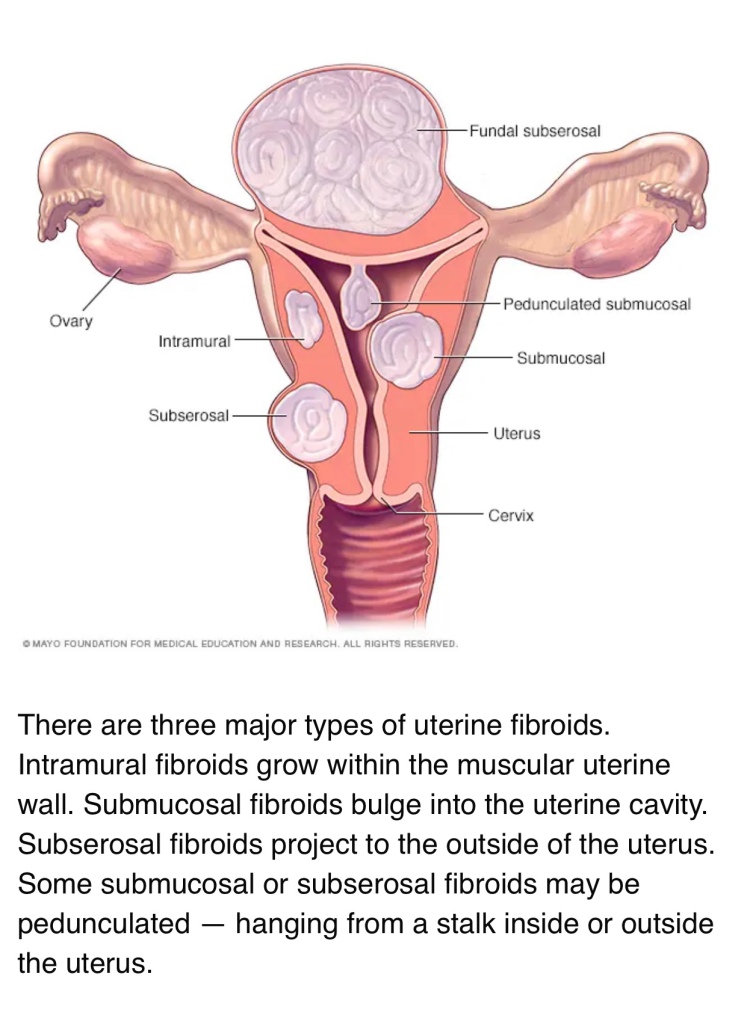
You’d be surprised to find out that in spite of the fact that fibroids are so common, they are still severely understudied (1). Part of me wonders whether symptoms such as anaemia, pelvic pain and pressure, back pain, and constipation often chalked up as being part and parcel of the female menstrual cycle, leads to missed diagnostic opportunities. Factors such as age, race, obesity, parity (i.e. the number of times a woman has given birth to a live neonate (any gestation) or at 24 weeks or more, regardless of whether the child was stillborn or not), hypertension, vitamin D deficiency, and diet in later life can trigger the progression of uterine fibroids (3). Other factors such as starting your period at an early age; having a diet higher in red meat and lower in green vegetables, fruit and dairy; and drinking alcohol, including beer, also appear to increase the risk of developing fibroids. Roughly 80% of women of African descent (bro that’s me!) are affected by fibroids (1) and part of me wonders whether the strong black women trope is one of the reasons why black women either soldier on through any pain they feel and are thus less likely to report any symptoms to their doctor. Let’s not even talk about when you finally manage to get an appointment and because of how broken the healthcare system is, the interventions don’t happen quick enough to remedy the pain. A study by Lou et al (4) states that globally fibroids are fast becoming a burden on the healthcare system. In fact in the US alone, the costs associated with fibroids is estimated at ~$34 billion (5).

There are certain risk factors that can’t be dodged when it comes to fibroids. Aging is gonna happen soz, but things such as your diet and living a lifestyle that promotes good health can offer some protection. Can we quickly talk about chemical hair straighteners aka relaxers…as a black woman I know all too well how important our hair is BUT exposure to endocrine-disrupting chemicals (3) i.e. relaxers does increase the occurrence of fibroids so consider this my PSA to ditch the creamy crack. This exposure to relaxers even at a young age can sometimes act as a trigger for fibroid growth, with the likelihood of fibroids increased by 17% if you use a hair relaxer (6). The general consensus is that the longer you use a relaxer, the higher the risk of fibroids. So again if you can ditch it, do it!

These past few months of adjusting to life with a baby has had it’s challenges. Because I’m breastfeeding it means that talk on fibroid treatment is dependent on the nugget no longer breastfeeding. On the plus side this week I did my first sprawl without feeling pressure or discomfort from the fibroid. This means that it is very likely that the fibroids are shrinking, fantastic if they are! My biggest piece of advice is this: if you feel that something is wrong, don’t stop until you’ve exhausted as many options as possible. As hard as it may sometimes be: do not get tired in advocating for yourself. It’s something that I had to learn to a greater degree and I know for a fact that following my gut is what prevented the fibroid I have from causing even greater complications for the nugget and I.

In case you need to arm yourself for any future appointments, I’ve include references just in case you want to do your own deep dive and also because I am a science girly after all.

1. Giuliani E, As-Sanie S, & Marsh EE. (2020). Epidemiology and management of uterine fibroids. International journal of gynaecology and obstetrics: the official organ of the International Federation of Gynaecology and Obstetrics, 149(1), 3–9.
2. Uterine fibroids. Available from: https://www.mayoclinic.org/diseases-conditions/uterine-fibroids/symptoms-causes/syc-20354288
3. Yang Q, Ciebiera M, Bariani MV et al (2022). Comprehensive Review of Uterine Fibroids: Developmental Origin, Pathogenesis, and Treatment. Endocrine reviews, 43(4), 678–719.
4. Lou Z, Huang Y, Li S et al (2023). Global, regional, and national time trends in incidence, prevalence, years lived with disability for uterine fibroids, 1990-2019: an age-period-cohort analysis for the global burden of disease 2019 study. BMC public health, 23(1), 916.
5. Cardozo ER, Clark AD, Banks NK et al (2012). The estimated annual cost of uterine leiomyomata in the United States. Am J Obstet Gynecol. 2012;206(3):211.e1-211.e9.
6. Chaudry IM. Cosmetics and Personal Care Products and Women’s Health: A Closer Look at Menstruation, Fibroids, Endometriosis, and Reproductive Health. 2020 (October). Available from: https://nwhn.org/cosmetics-and-personal-care-products-and-womens-health-a-closer-look-at-menstruation-fibroids-endometriosis-and-reproductive-health/

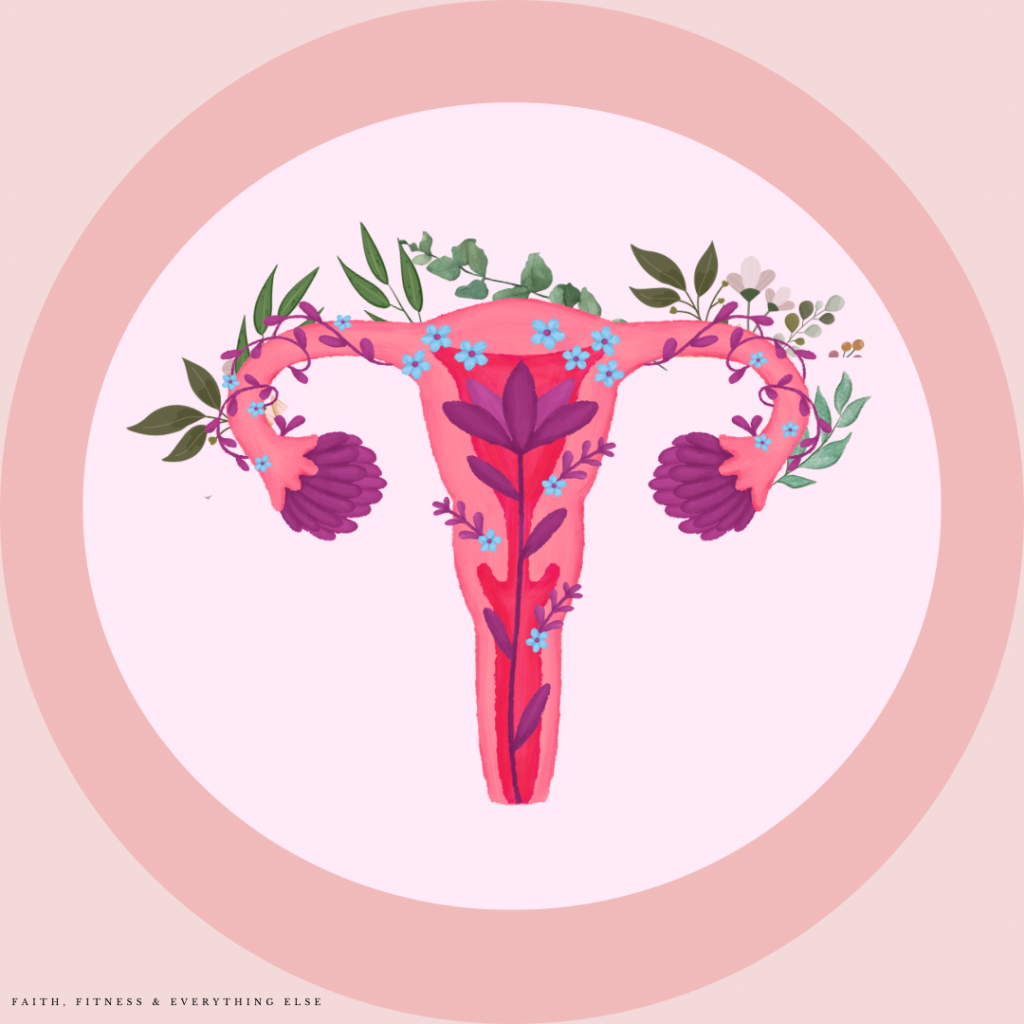

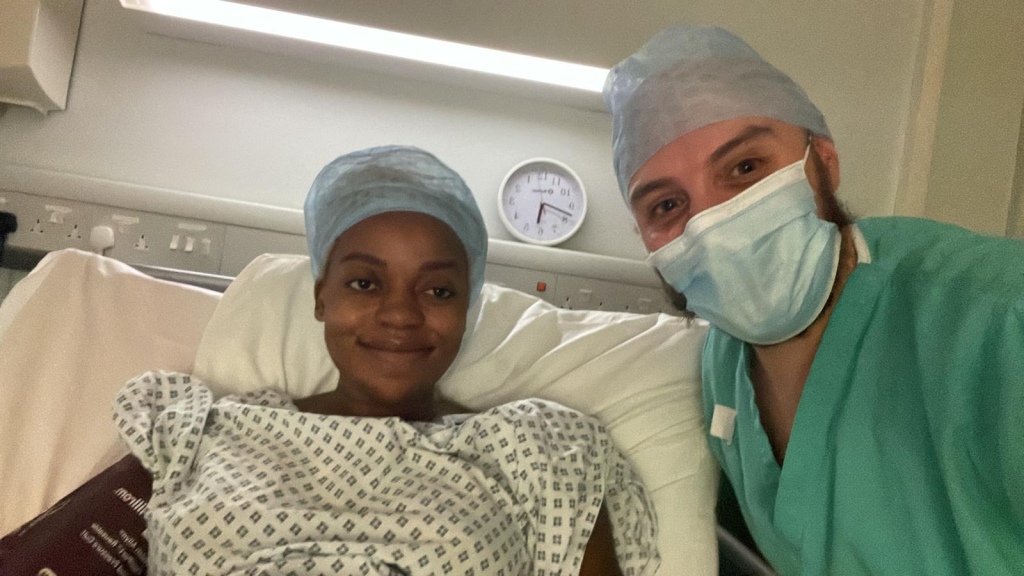
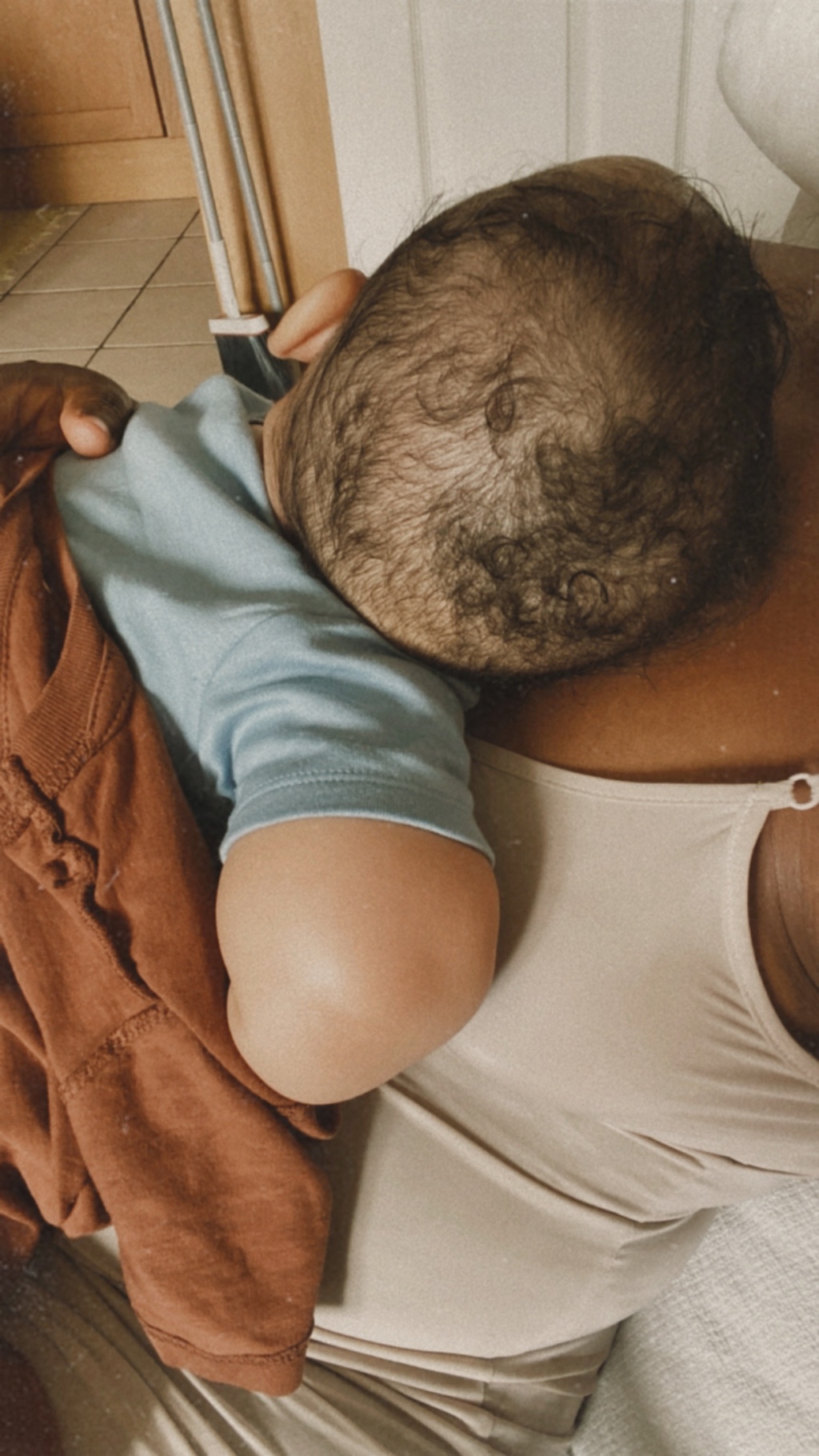
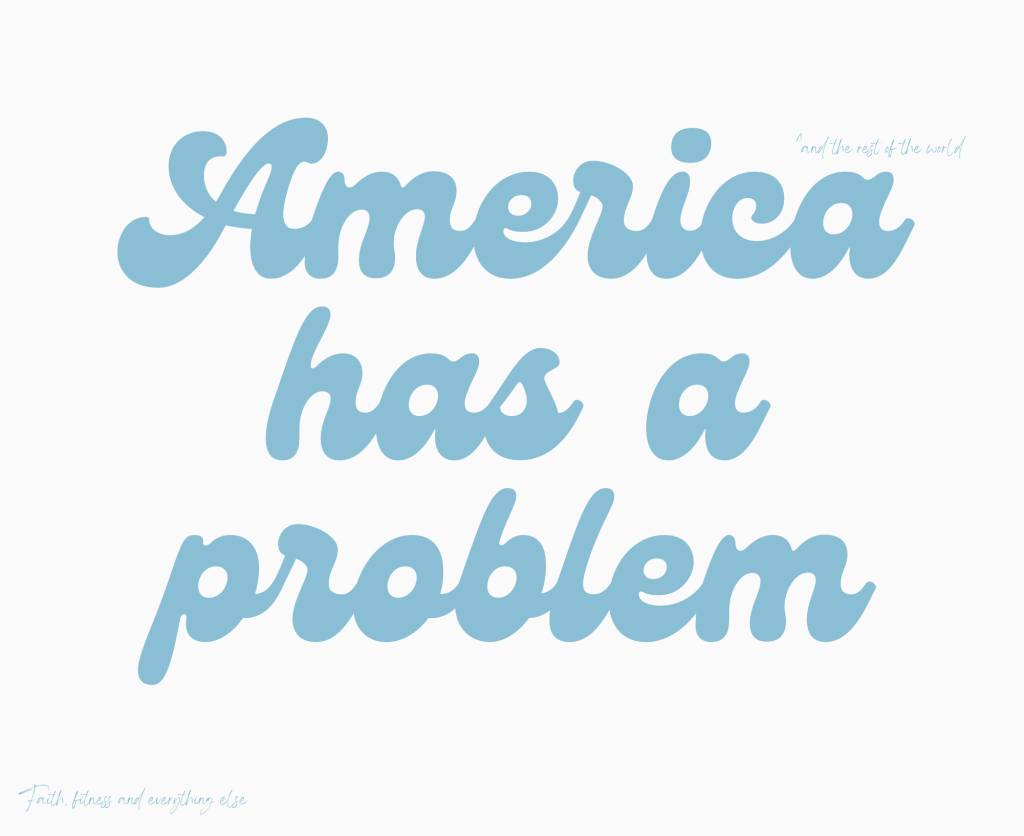
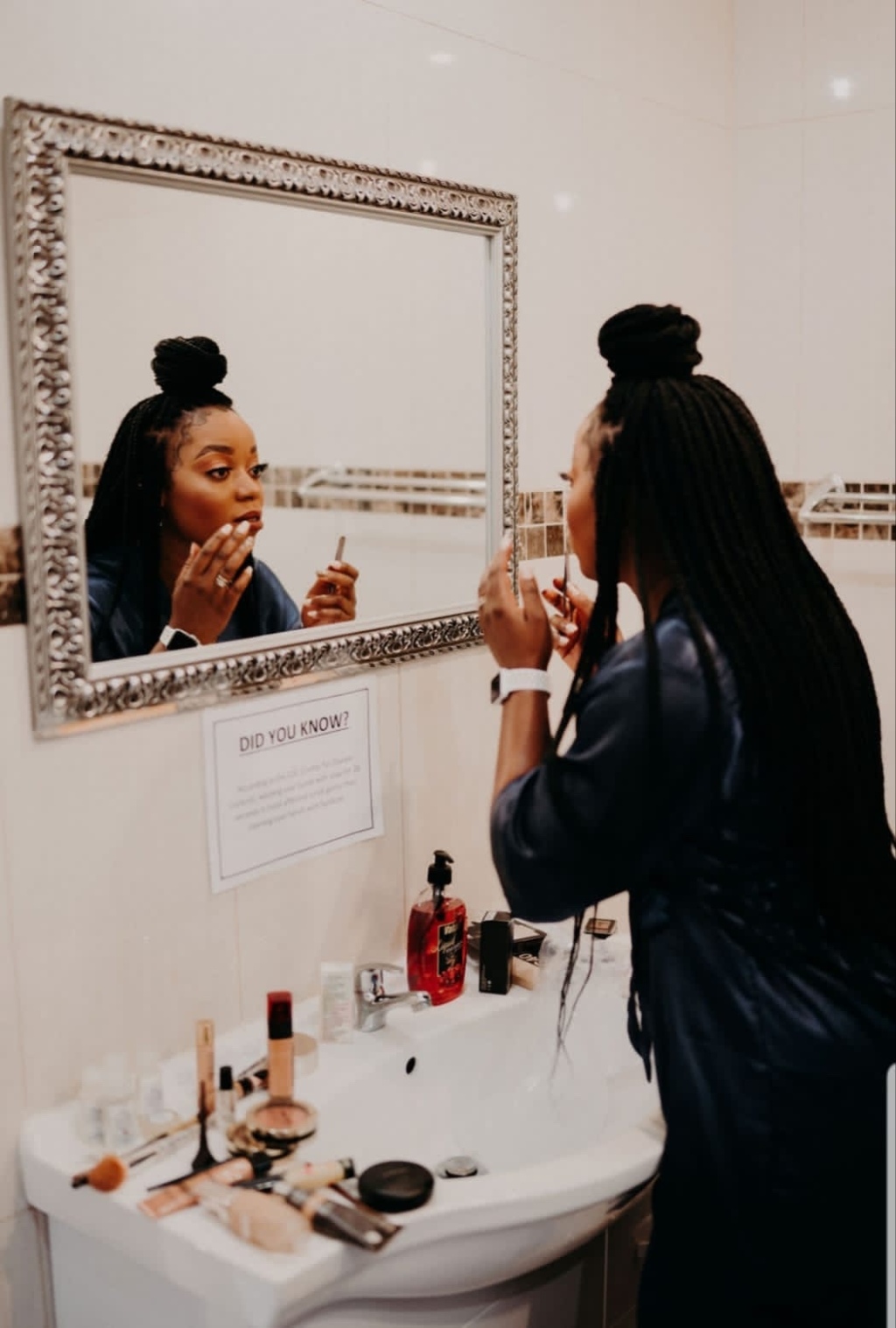


Leave a comment